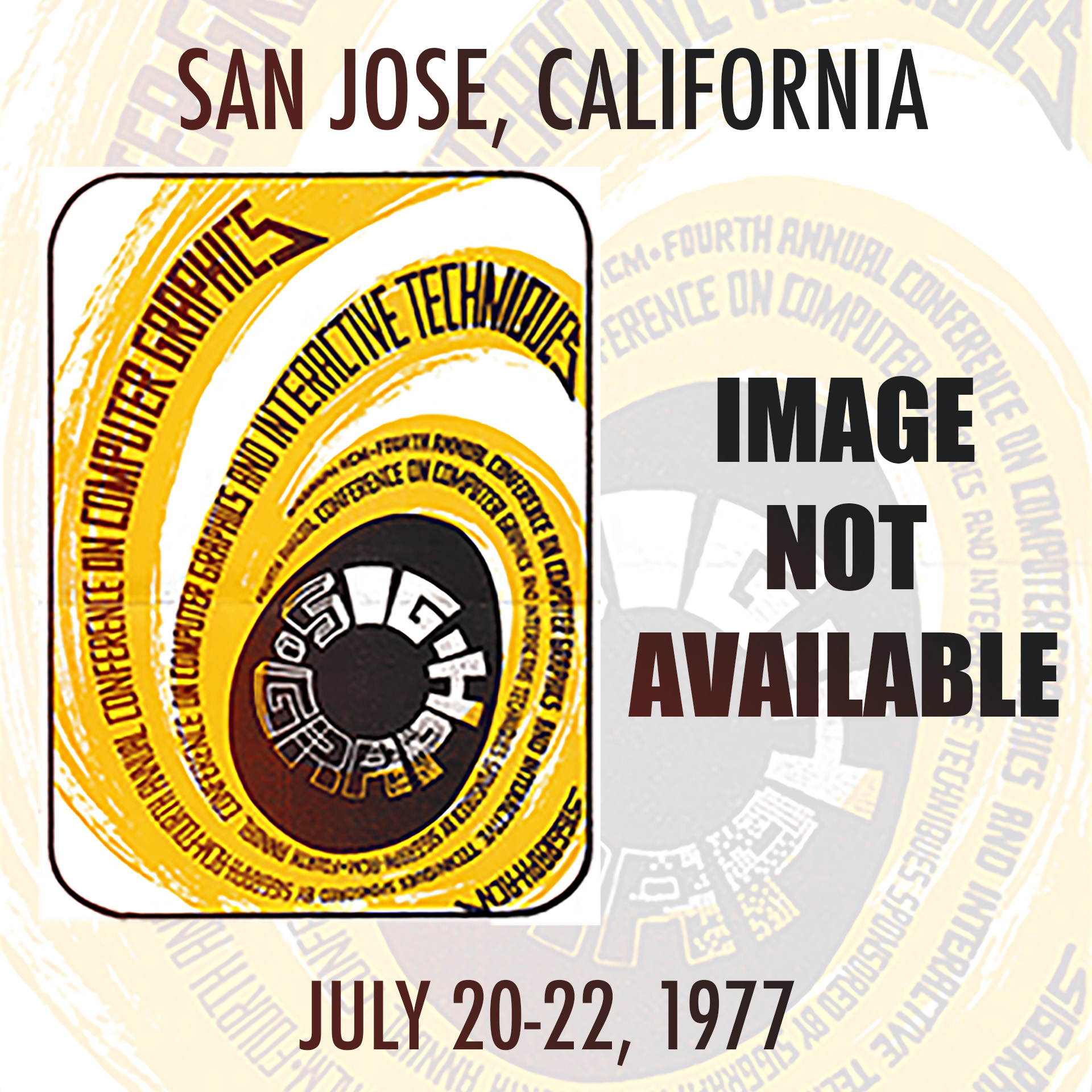“Interactive graphics an aid to health planning and decision making” by Willard and Hamann
Conference:
Type(s):
Title:
- Interactive graphics an aid to health planning and decision making
Presenter(s)/Author(s):
Abstract:
One of the major functions of State and Federal Public Health agencies is the collection and maintenance of large amounts of data. The utilization of this data for research and planning may be impaired by such factors as: lack of organization and accessibility of the data, users lack of knowledge of statistical and operations research techniques, inability to determine important variables from a large selection, and the need to present results in a form which is understandable and useful to the general public.This paper presents interactive graphics approaches which are designed to aid the public health planner and administrator through presentation of data in map and table form. Interactive graphics is a form of real time computing in which all or part of the input and output operations are handled through a graphics terminal. The systems described below present statistics for different civil divisions and allow the user to display and compare data from a large set of variables. These variables include locational data such as the position of emergency medical services, hospitals, cities and towns; quantities such as travel distance, travel time, service area, and service population; and summary statistics. The display is controlled either through light pen activated commands or the use of a “button board”. The systems have been applied to problems in administrative area designation and emergency service placement.The use of interactive graphics allows the public health planner and administrator to handle large data bases with minimal expertise. Data may be reviewed quickly and useful variable selected. These systems also allow for the maximum use of the administrators experience and knowledge of the areas particular needs and qualitative factors by allowing direct interface to the data. These systems require a minimal amount of training to use, thus allowing interested public groups to use them to develop and compare different solutions to health planning and administrative problems.
References:
1. Bryant, N. A. LUMIS: An interactive graphics display information system based on census DIME file technology. GBF/DIME, A Geographic Dimension for Decision Making. Conference Proceedings (October 30 and 31, 1975) p. 72.
2. Giloi, W. K., Messer, D. L., Savitt, S. L. GRAP: A Fortran subroutine package for interactive display programming. Technical Report 75-15, University of Minnesota, Mpls. (Aug., 1975).
3. Hass, A. Design considerations for a state health department information system. Am. J. Public Health 64:481-495 (June, 1974).
4. Sterling, T. D. The statistician vis a vis issues of public health. The Am. Statistician 27, 5:212-216 (December, 1973).
5. U.S. Bureau of the Census. Census use study: data uses in health planning. Report No. 8, Washington, D. C., 1970.
6. U.S. Bureau of the Census. Census use study: GRIDS, a computer mapping system. Washington, D.C., 1972.
7. U.S. Bureau of the Census. Census use study: DIME, a geographic base file package. Washington, D.C., 1972.





